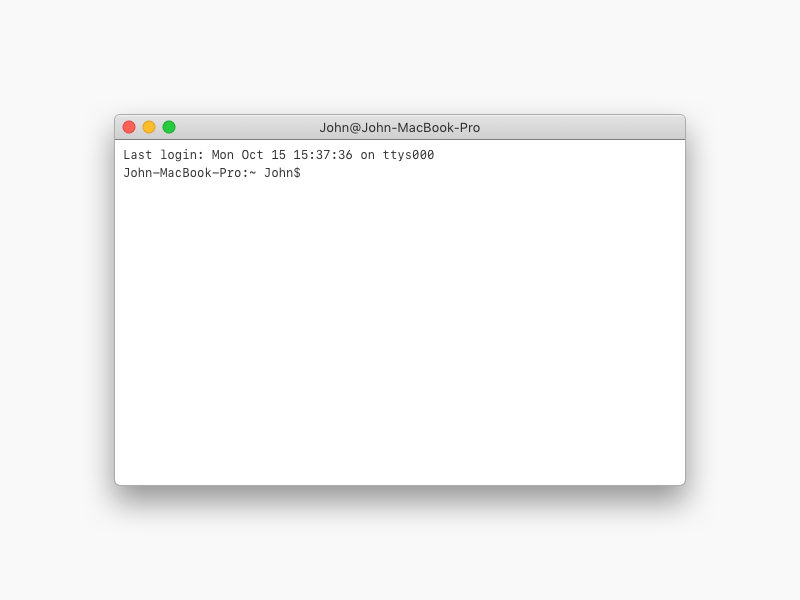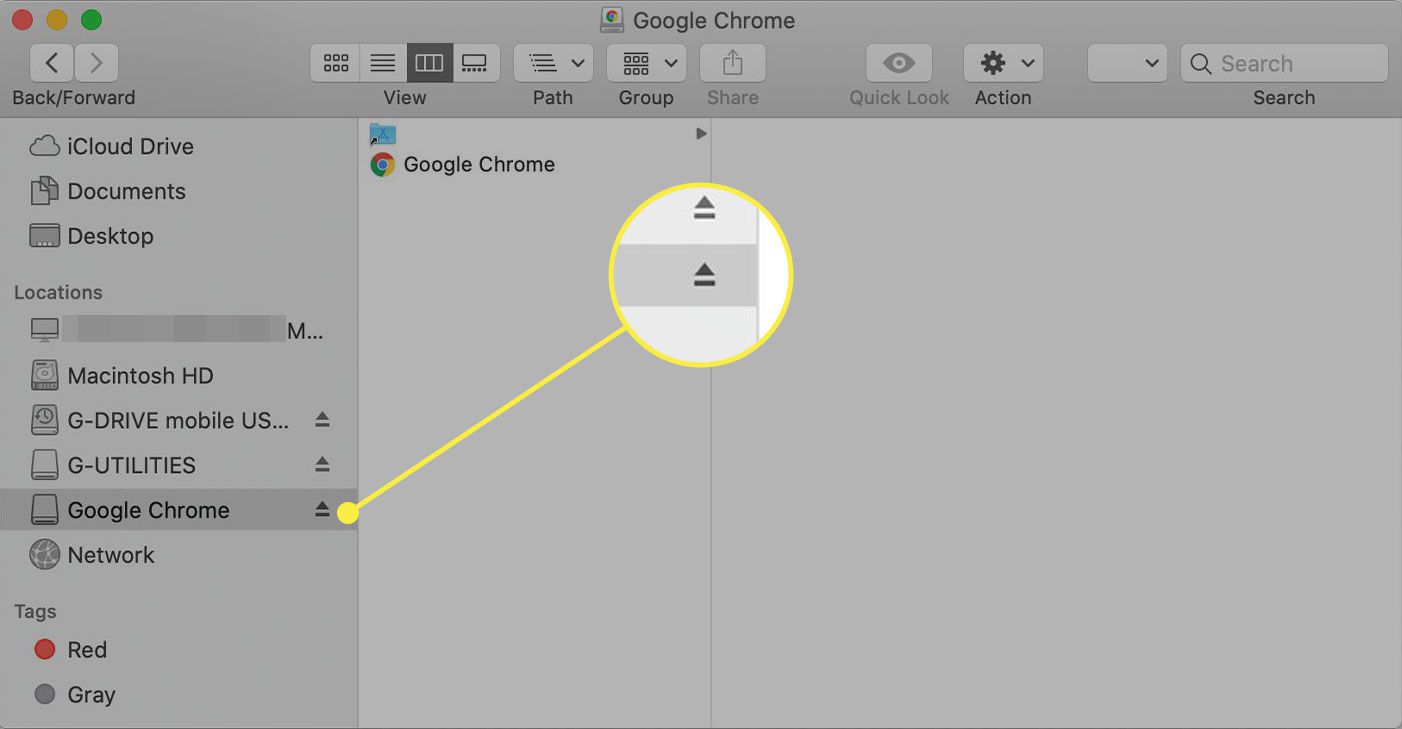


In fact, the method for enabling Flags is completely independent of your operating system. The good (but perhaps often dangerous) news is that Chrome Flags are easy to locate and enable. Browser-based Flags are also not tested for online security protocols, which means there might be risks when conducting online financial transactions using untested Chrome Flags. Not all Flags are stable and may cause some unintended behavior with your browser or device. However, there are some risks to using Flags. If you want access to the largest number of Flags, Chrome Canary is probably your best bet, although it's the least stable release. For instance, the Chrome Beta, Dev, and Canary channels will feature different Flags to choose from. If you run different versions of ChromeOS or Chrome browser, you can find different Flags available. Once you enable a Flag, you need to restart your browser or machine for the change to take effect. Flags are all eventually removed as they become part of either a stable Chrome release or get absorbed into Chrome developer tools. Chrome Flags are experimental features that Google is currently testing on either ChromeOS or the Chrome browser, although some Flags are exclusive to ChromeOS, while others work on Chrome browsers across different operating systems.


 0 kommentar(er)
0 kommentar(er)
